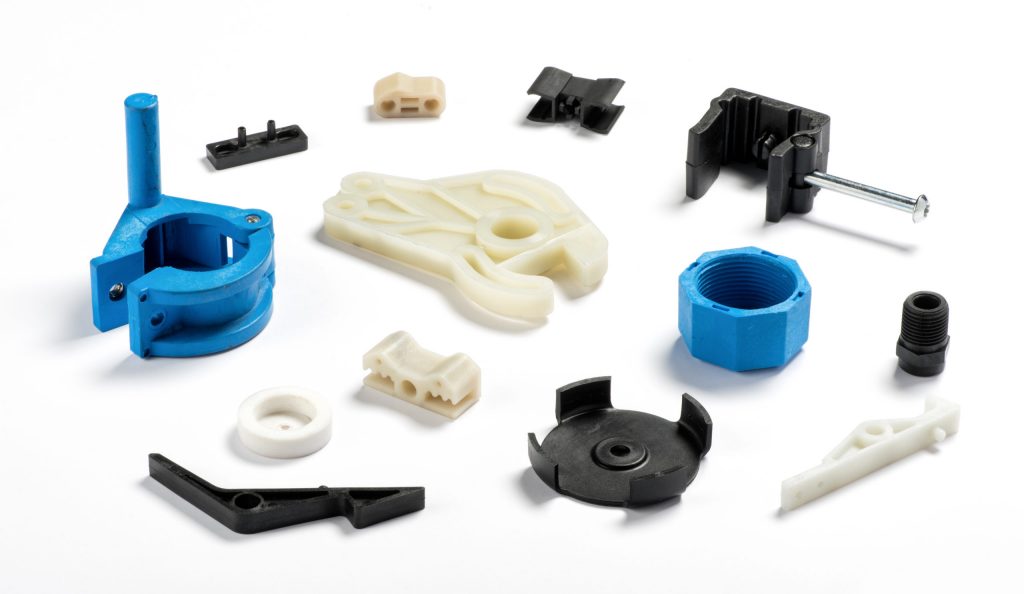In today’s fast-paced manufacturing landscape, speed and precision are paramount. Companies are constantly seeking innovative ways to accelerate their product development cycles, and one technique that has proven to be a game-changer is rapid prototyping. Rapid prototyping allows manufacturers to bring their plastic molding projects to fruition with unprecedented speed and efficiency.
What is Rapid Prototyping?
Rapid prototyping is a revolutionary approach to product development that leverages cutting-edge technology to create physical prototypes quickly and cost-effectively. It encompasses a range of techniques such as 3D printing, CNC machining, and injection molding. These methods enable manufacturers to produce functional prototypes and iterate on their designs rapidly.

Accelerating Product Development
Traditional plastic molding projects often involve lengthy lead times, costly tooling, and a high risk of errors. Rapid prototyping turns this paradigm on its head by streamlining the entire process. Here’s how it accelerates product development:
Speedy Iteration: With rapid prototyping injection moulding companies, manufacturers can quickly create multiple iterations of a design in a matter of hours or days, rather than weeks or months. This accelerated iteration process allows for faster refinement and optimization of product designs.
Reduced Tooling Costs: Unlike traditional plastic molding, which requires expensive molds and tooling, rapid prototyping relies on digital files and additive manufacturing technologies. This eliminates the need for costly tooling, significantly reducing upfront expenses.
Minimized Risk: Rapid prototyping allows for thorough testing and validation of designs before committing to large-scale production. This reduces the risk of costly design flaws and manufacturing errors that can plague traditional plastic molding projects.
Customization and Complexity: Rapid prototyping excels in producing complex and customized parts that would be challenging or impossible to create using traditional methods. This flexibility opens up new possibilities for product innovation and customization.
Applications across Industries
Rapid prototyping is not limited to a specific industry; it finds applications across various sectors. Whether you are developing consumer electronics, automotive components, medical devices, or consumer goods, rapid prototyping can significantly accelerate your plastic molding projects.
Cost-Effective Innovation
Aside from its speed and efficiency benefits, rapid prototyping is also a cost-effective approach. By eliminating the need for expensive molds and reducing the risk of design errors, manufacturers can achieve cost savings throughout the product development cycle. Moreover, the ability to quickly identify and address design flaws can prevent costly production recalls and injection plastic molding.
In the competitive world of plastic molding, staying ahead of the curve is essential. Rapid prototyping offers a transformative way to accelerate your plastic molding projects, enabling you to bring high-quality products to market faster than ever before. By leveraging the power of rapid prototyping, manufacturers can reduce costs, minimize risks, and unleash their innovative potential, ultimately giving them a competitive edge in today’s fast-paced business environment. So, if you are looking to supercharge your plastic molding projects, it is time to embrace the rapid prototyping revolution.
